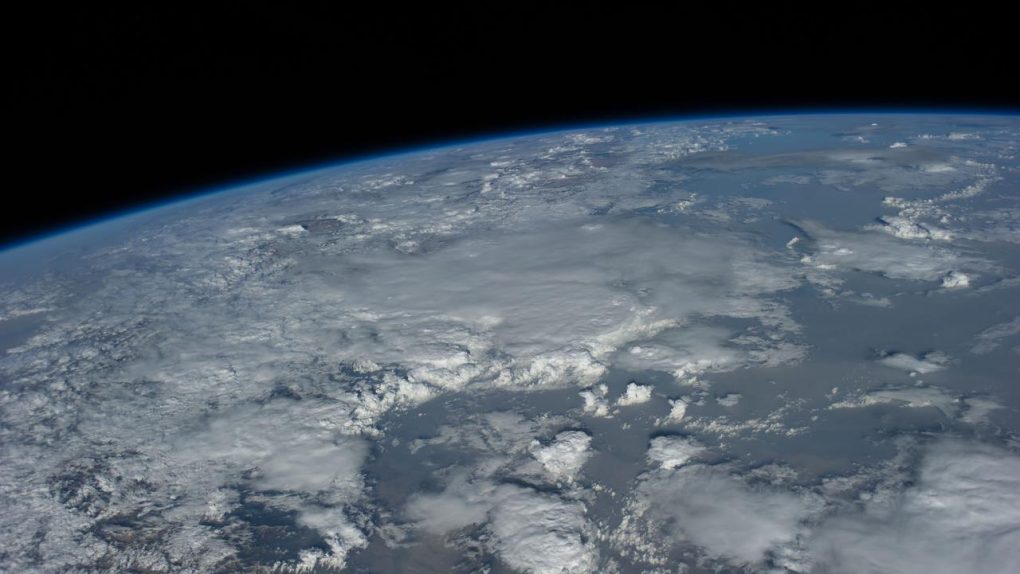We humans are great at a number of things and very, very bad at several others. For example, we’re pretty terrible when it comes to managing our waste and cleaning up after ourselves and, on a related note, we’re really good at producing carbon as a result of burning various fuels for energy. In fact, we just hit a rather frightening new milestone in our CO2 emissions, and scientists universally agree that the planet is warming as a result.
We need to do better, clearly, but we’re not in this alone. A new study published in Trends in Plant Science reveals that Mother Earth is prepared to join us in the fight to clean things up, and plants worldwide are already working overtime to offset the carbon we can’t stop spewing out.
For the study, researchers led by Lucas Cernusak of Australia’s James Cook University used data gathered from ice core samples to plot the level of photosynthesis occurring at a global level over time, with air sample readings offering insights into more recent levels.
As National Geographic explains, the level of carbonyl sulfide in samples is often used as an indicator of global photosynthesis levels, giving researchers important insights into how vegetation has adapted over time.
With those figures, the team then built a model to show how the levels of carbon emissions likely have altered global photosynthesis over time. The resulting statistics are shocking, to say the least, and according to the study, worldwide photosynthesis has increased by around 30 percent since mankind began belching carbon at levels never before seen on Earth.
The research is incredibly interesting, but there are still some more questions left to be answered. Some have criticized the data as not being an accurate metric for gauging photosynthesis levels, so while it’s clear that the levels have risen over time, pinning it down to an exact number is still difficult.







